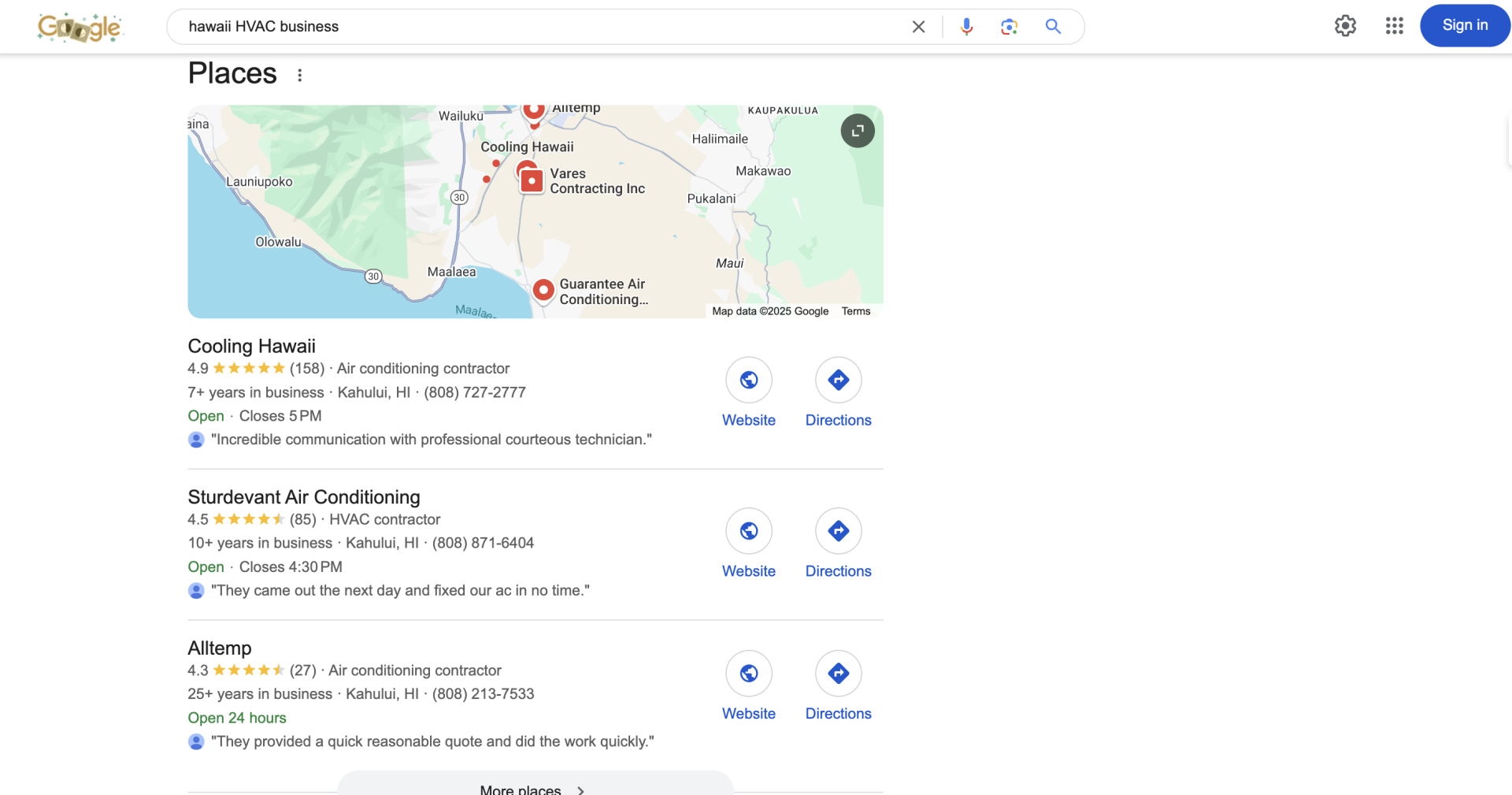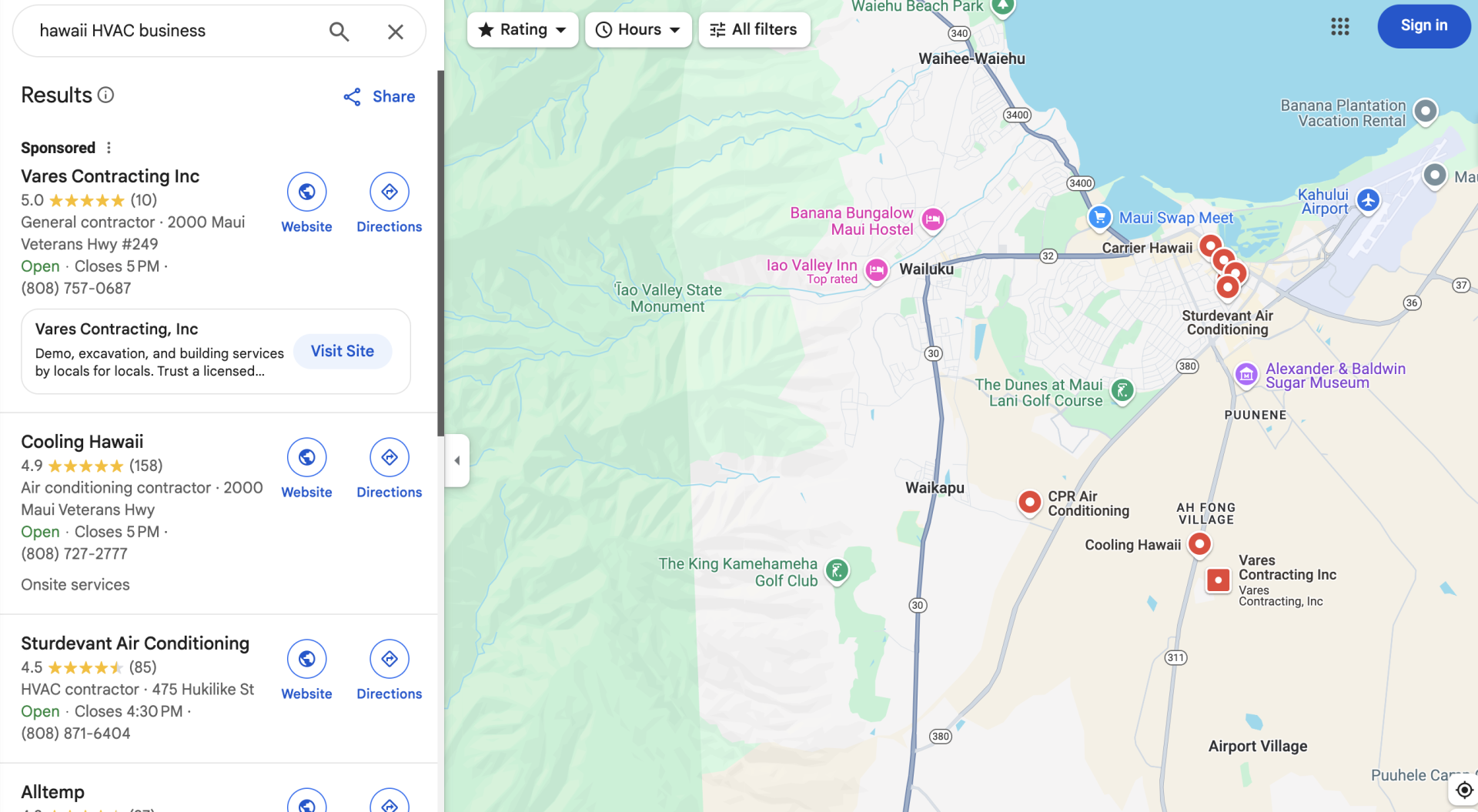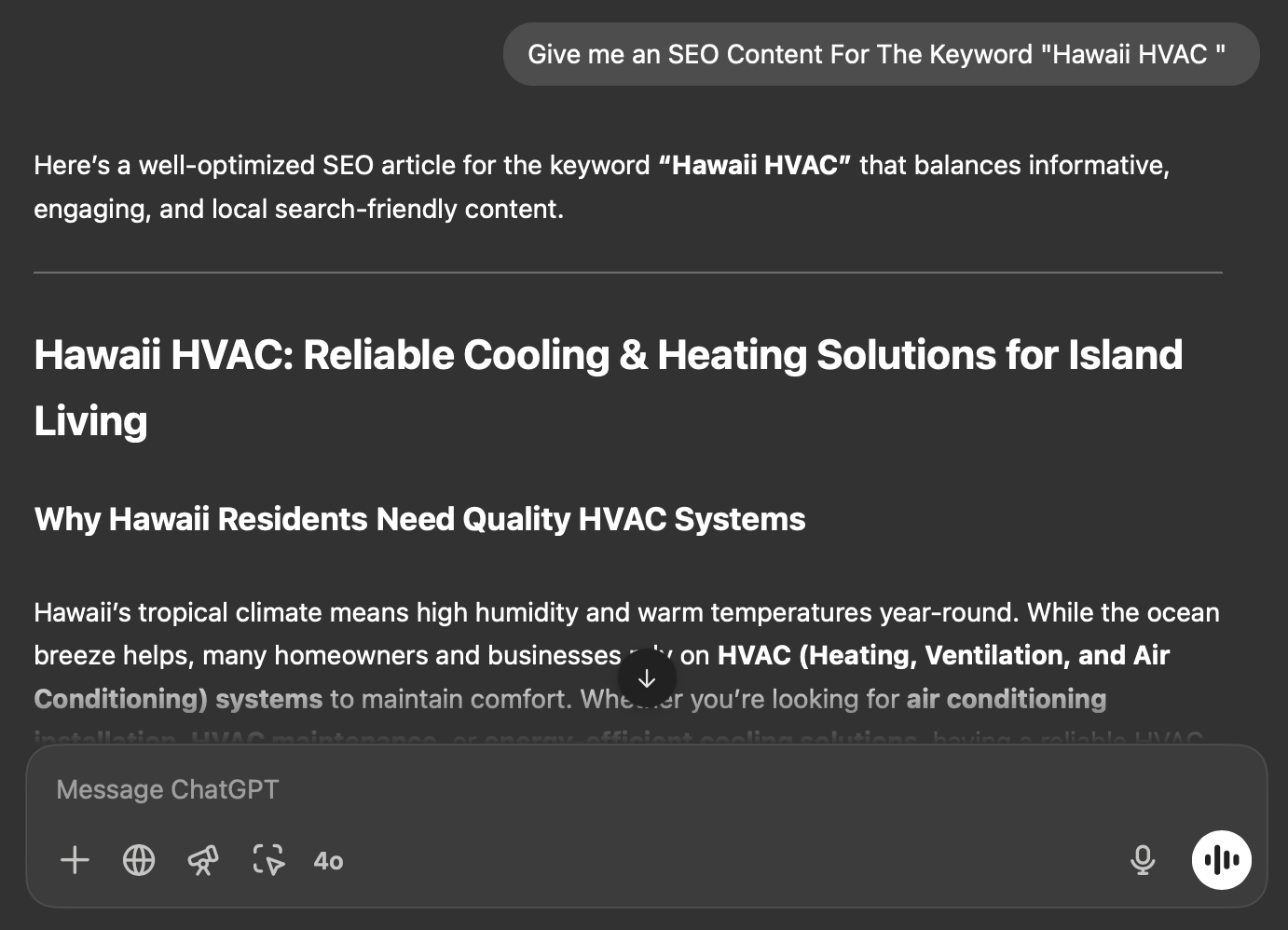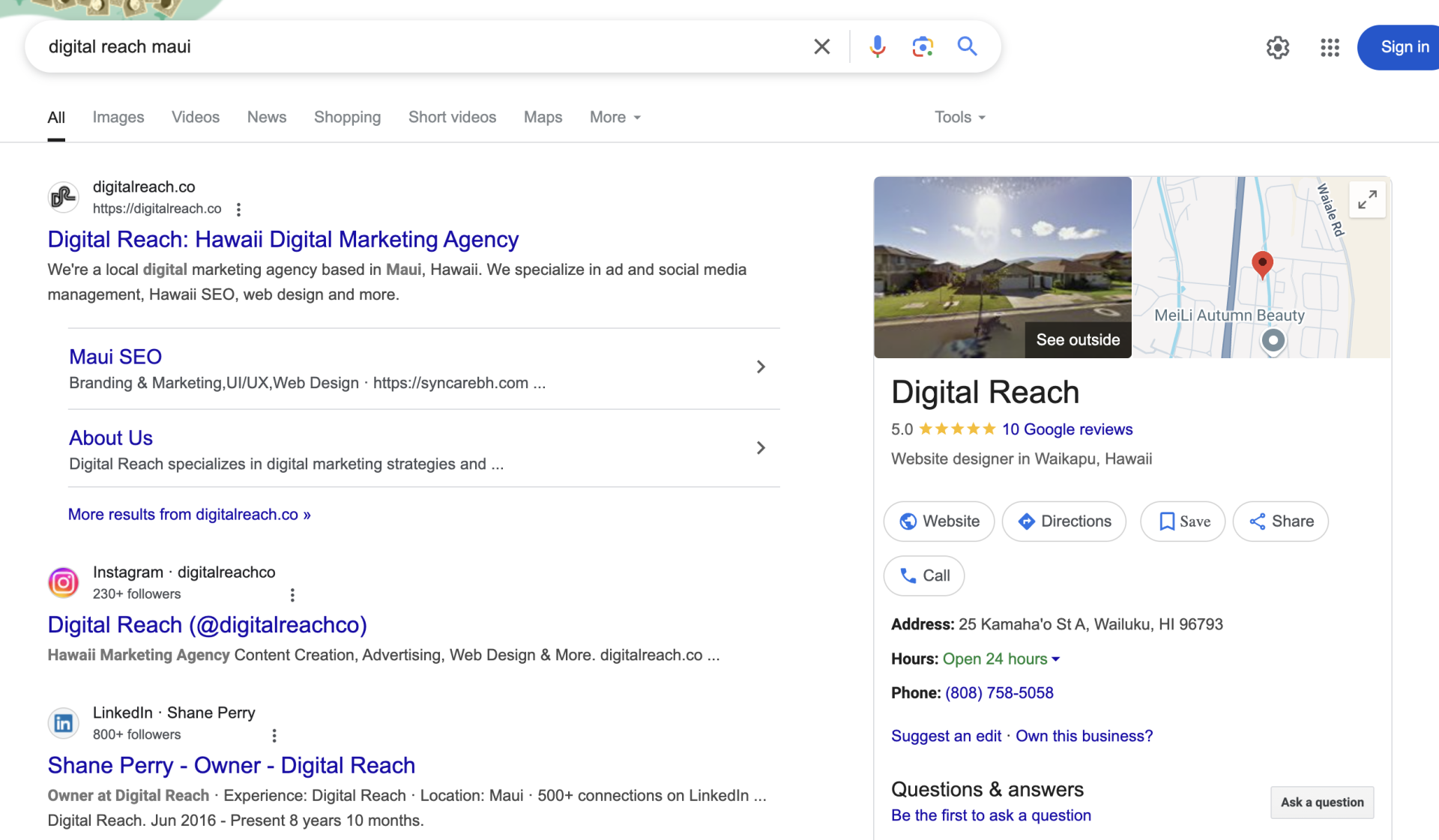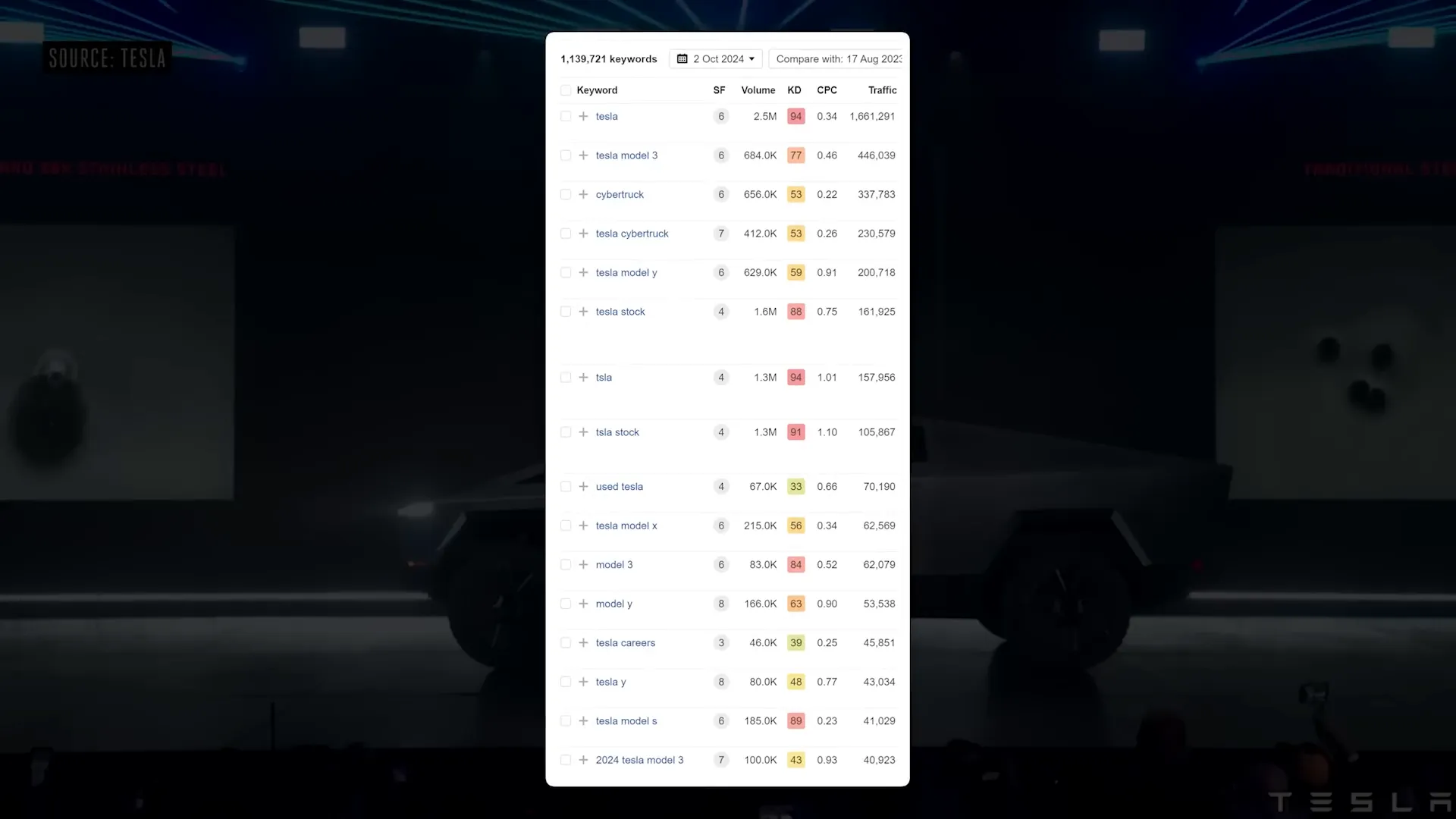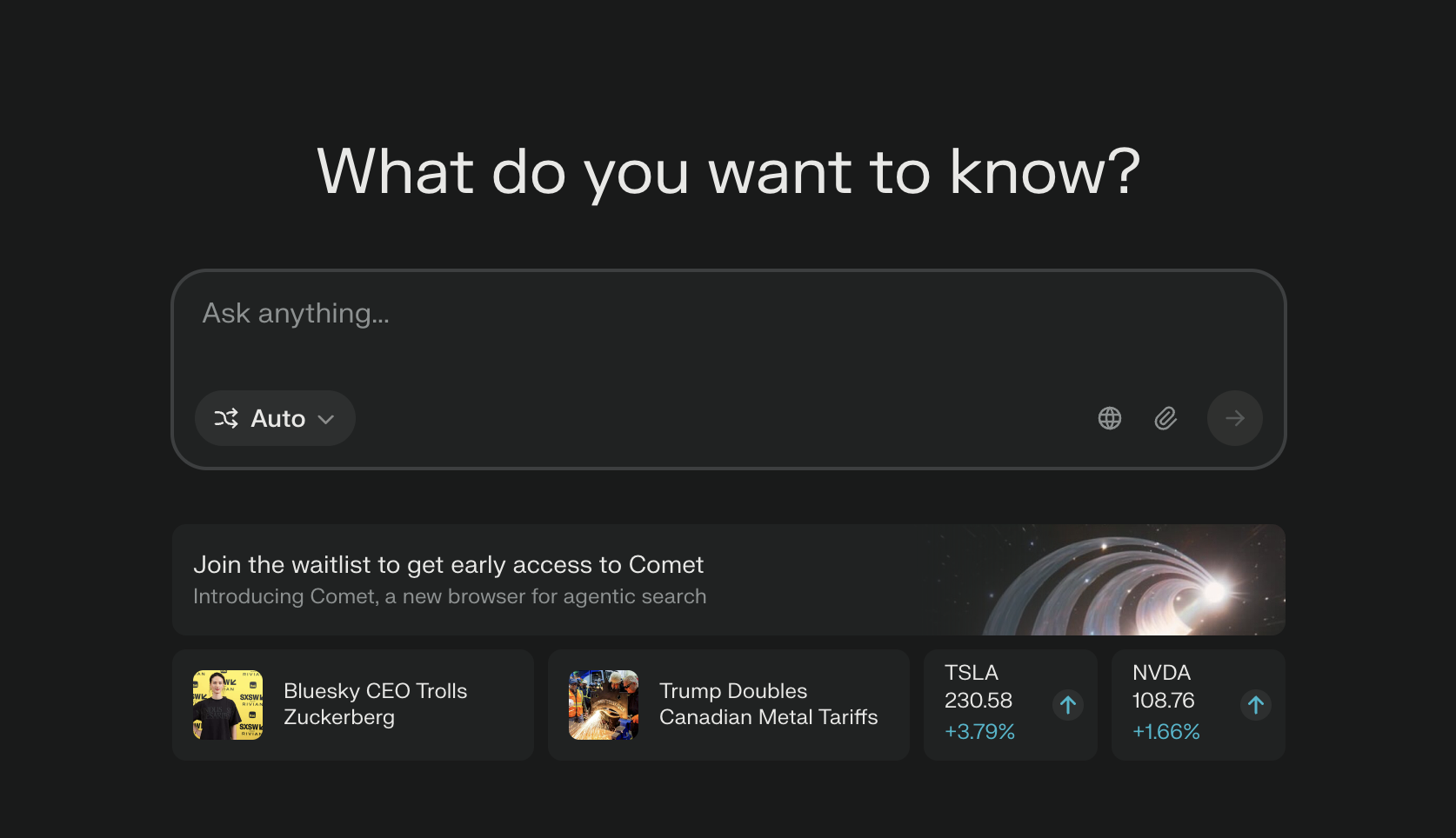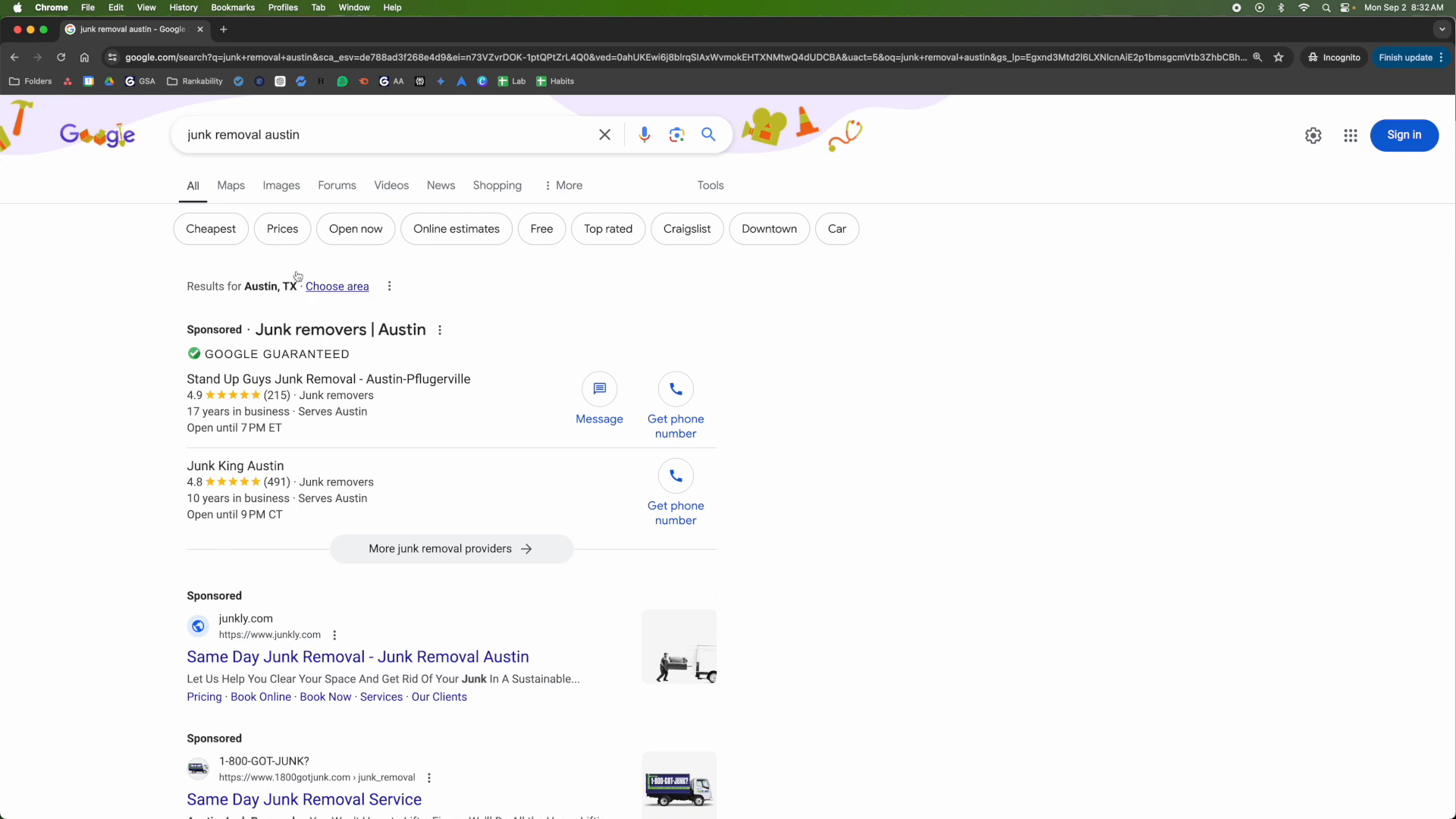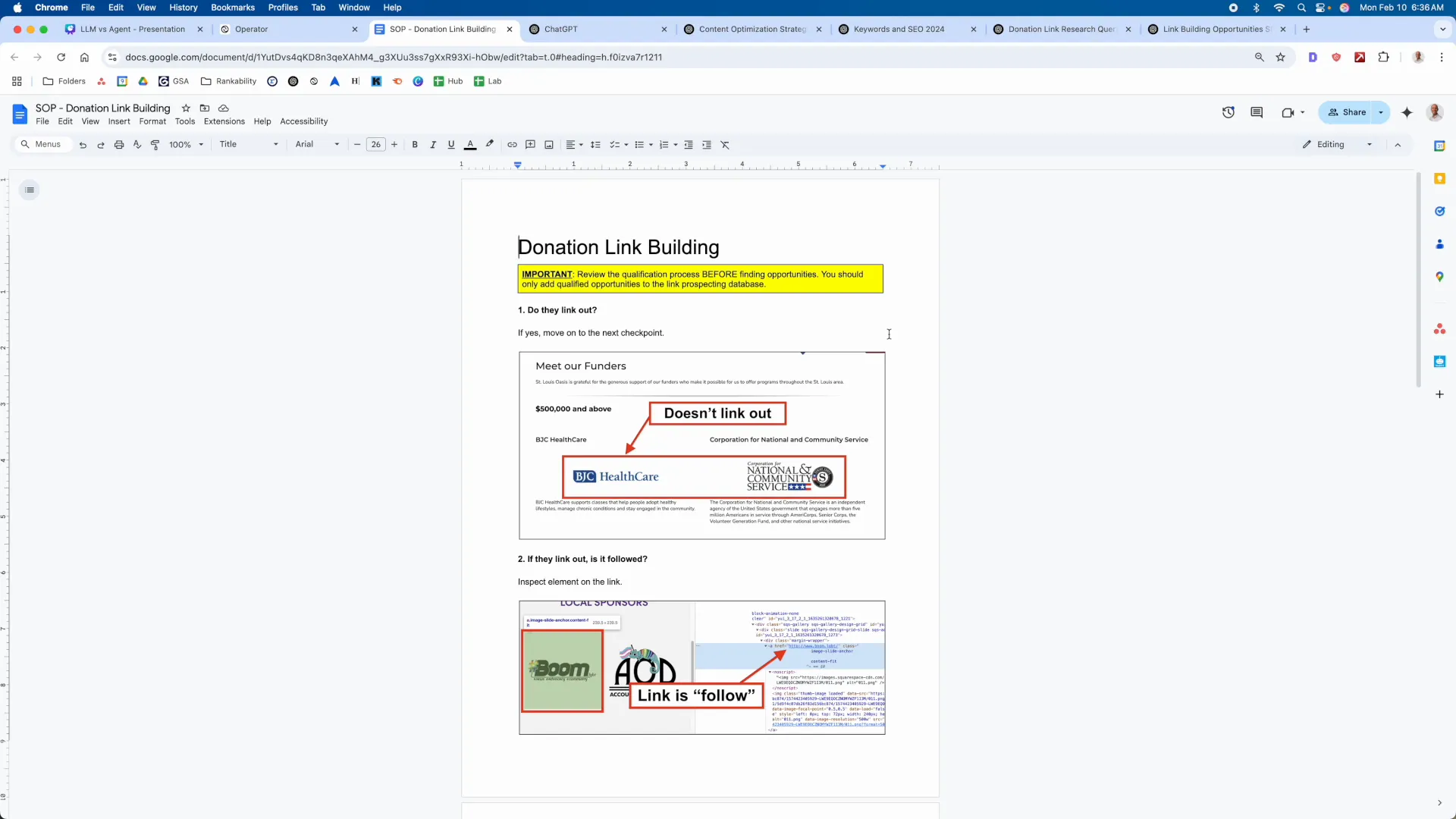There’s been a lot of chatter recently claiming that Google SEO is dead. However, the numbers tell a different story. According to Smart Toro, Google handled a staggering 14 billion searches per day in 2025, marking a 21% increase from the previous year. In contrast, ChatGPT only saw 37 million searches per day, indicating that Google still dominates with 373 times more searchers than its closest competitor. As of now, Google holds a firm grip on 93% of the search market share.
- Google’s search features are stealing clicks before they reach websites.
- Poor SEO execution: many sites simply aren’t optimizing correctly.
Don’t worry, though! The good news is that both of these issues can be addressed. Let’s explore how.
Table of Contents
- Analyze the SERPs
- Build Localized Topic Authority
- Create SEO Content Outlines
- Build Website Authority
- Utilize Lead Magnets Effectively
- FAQ
1. Analyze the SERPs
The first step is to analyze the Search Engine Results Pages (SERPs). It’s crucial to consider both organic and paid perspectives, especially when working on a local level where ads are abundant. For example, if you’re in the HVAC business, local service ads are a prime opportunity you shouldn’t ignore. You should aim to dominate every segment of the search results:
- Local service ads
- Local pack results
- Organic results
Don’t forget that you can rank not just your website but also on platforms like Yelp and Angie’s List. The goal is to occupy as much SERP real estate as possible.
2. Build Localized Topic Authority
Next, focus on building real localized topic authority. Start by using tools like Rank Ability’s content optimizer to enter your keyword phrase and search by city. This will yield the most relevant results and help you extract insights from competitors who appear in local searches.
Use these keywords to develop a comprehensive content strategy via ChatGPT. Simply copy your keywords and prompt ChatGPT to create supporting content ideas based on these terms. This will help you generate varied content that addresses unique user intents.
3. Create SEO Content Outlines
Once you have your keywords, it’s time to create SEO content outlines. Use ChatGPT again to draft an SEO content outline for your targeted keywords. If you’re working with a specific business, gather unique details from their pages to create tailored outlines that match the intent of the keywords.
After drafting, run the outline through a content optimizer to see if it meets your ideal score. If it doesn’t, refine it by identifying and incorporating any unused keywords. This will ensure that your outline is as comprehensive and relevant as possible.
4. Build Website Authority
After you’ve created your pages, it’s essential to build website authority. Start by outsourcing Hawaii SEO efforts to marketing companies like like Digital Reach. We specialize in acquiring powerful backlinks that can enhance your ranking potential. Remember, the strength of your website is one of the most critical ranking factors.
Additionally, tap into local resources for link prospecting. Utilize tools to find sponsorship opportunities and outreach contacts more efficiently. This can save you hours of manual searching and help you acquire valuable local links.
5. Utilize Lead Magnets Effectively
Finally, consider creating lead magnets that offer tangible value to your audience. Instead of a generic newsletter, provide something actionable, like a checklist or guide. This not only builds trust but also increases the likelihood of converting visitors into leads.
When users download your lead magnet, redirect them to a thank-you page with a soft pitch for your services. This approach can effectively convert interested leads while nurturing relationships over time.
FAQ
Is SEO still relevant in 2024?
Absolutely! Despite the challenges, SEO remains a critical component of digital marketing. Understanding and adapting to new strategies can ensure your website remains competitive.
How can I improve my website’s SEO?
Focus on creating high-quality content, optimizing for localized searches, and building backlinks.
What are the best practices for local SEO?
Ensure your business name, address, and phone number (NAP) are consistent across all platforms, gather reviews, and optimize your Google My Business listing.
In conclusion, while some may claim that Google SEO is dead, the truth is that it’s very much alive and evolving. By adapting to these changes and focusing on effective strategies, you can continue to thrive in the digital landscape.
